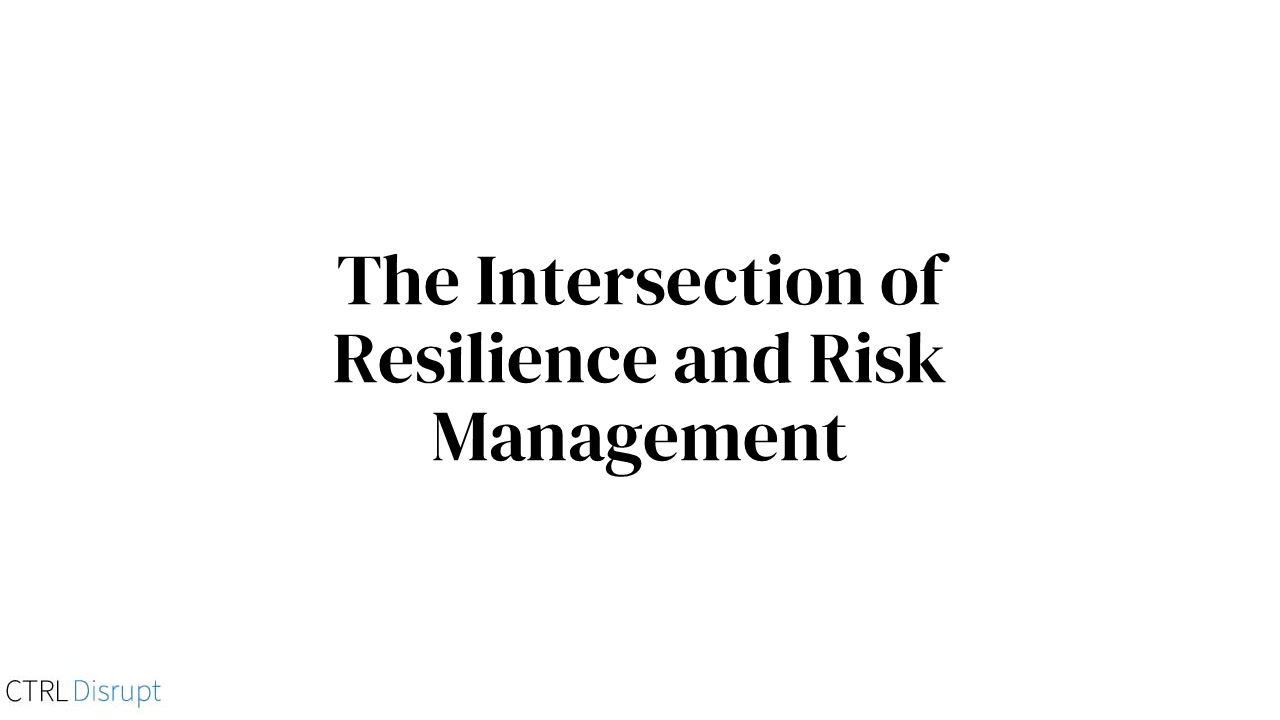The Art of Reinvention: Understanding Resilience in an Enterprise Context
The business landscape is characterized by a relentless pace of change and innovation. Whether driven by technological advances, market dynamics, or global events, companies face constant pressure to adapt and evolve. To survive and thrive in this environment, businesses must display a quality often hailed in individuals but equally critical at an organizational level – resilience. This article explores the role of resilience in an enterprise context through the lens of three iconic companies: IBM, Netflix, and Microsoft. Each has demonstrated the capacity to bounce back from adversity and redefine their business landscape.
IBM: Pioneering Change in the Face of Crisis
Founded in 1911, IBM, short for International Business Machines, began its journey as a manufacturer of punch card data processing equipment. However, the tech giant’s history has been characterized by consistent reinvention driven by resilience.
In the early 1990s, IBM faced a severe financial crisis as the mainframe business, which had been its cash cow for years, began to decline. The company found itself on the brink of bankruptcy. But rather than capitulating, IBM chose to reinvent itself, pivoting towards IT services and consulting. This strategic redirection paid off handsomely, turning the company's fortunes around and cementing its place in the tech landscape.
However, this was not the end of IBM's challenges. The hardware and consulting businesses themselves came under threat with the rise of cloud computing and artificial intelligence. Yet, once again, IBM displayed remarkable resilience, transitioning into these emerging areas, where it continues to be a significant player.
Netflix: Streaming Ahead Through Strategic Innovation
Netflix's journey is another compelling story of resilience. The company, launched in 1997, started as a DVD-by-mail service. At the time, Blockbuster was the dominant force in the video rental industry. However, Netflix foresaw the future of movie watching moving towards streaming and made a strategic pivot.
This decision was not without its difficulties. The shift to a new business model, coupled with pricing decisions, led to an initial backlash from customers. However, the Netflix team remained resilient. They held onto their vision, refined their strategy, and continued to innovate. The result? They transformed from a DVD rental service into the world's leading streaming service. This resilience did not stop at strategic shifts. Netflix has fostered an internal culture that embraces failure as an opportunity to learn and improve, driving resilience into the very fabric of its organization.
Microsoft: Adapting and Evolving for Continued Success
Finally, let's turn to Microsoft. During the late 90s and early 2000s, Microsoft was heavily reliant on its Windows operating system and Office Suite. But with the rise of mobile technologies and cloud computing, the tech giant found itself lagging.
Enter Satya Nadella, who took over as CEO in 2014. He guided Microsoft through a significant shift in focus, moving towards cloud computing and AI technologies with products like Azure and Office 365. This transformation required substantial changes to Microsoft's organizational culture. The company moved from an internally competitive environment to one that fostered collaboration and championed a "learn-it-all" mindset. Microsoft's resilience has ensured its continued dominance in an ever-evolving technology industry.
Resilience: A Continuous Journey
What do these stories teach us about resilience? At its core, resilience is not just about weathering crises or surviving change. It is about using those challenges as springboards for learning, growth, and innovation. It is about being open to change, adaptable in the face of disruption, and always ready to reinvent oneself.
IBM, Netflix, and Microsoft each faced distinct challenges. However, they all demonstrated a remarkable capacity for resilience, enabling them to not only survive but also thrive. They transformed obstacles into opportunities and reshaped their respective industries in the process.
The journey to resilience is ongoing. It requires continual effort and a deep-seated commitment at all levels of an organization. These three iconic companies show that resilience is a key determinant of long-term success. In today's fast-paced, ever-evolving business environment, it is not just desirable—it is essential.

 By
By


